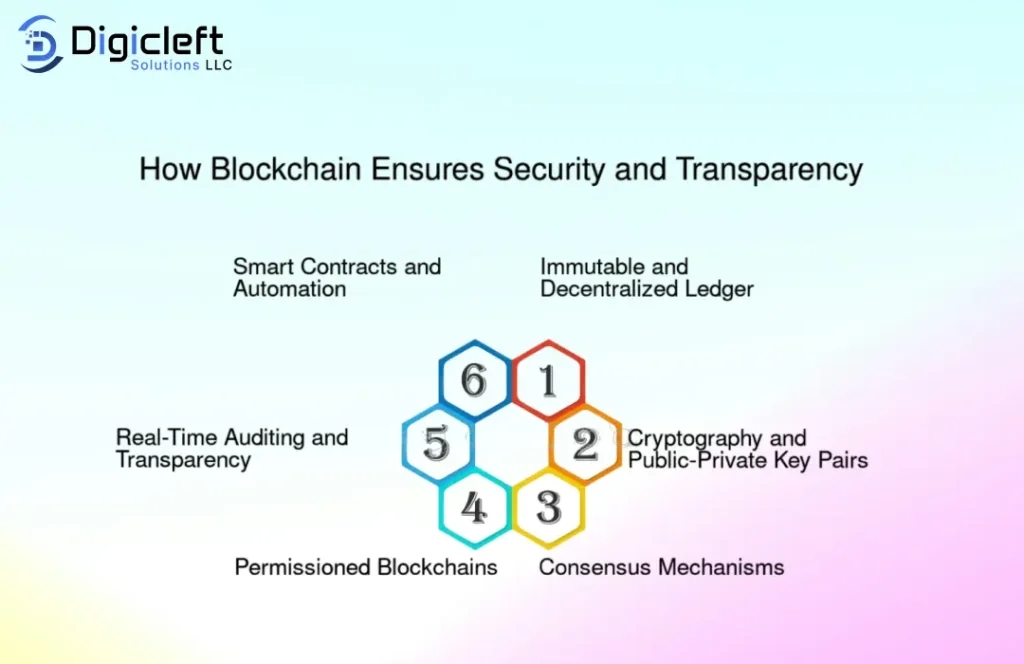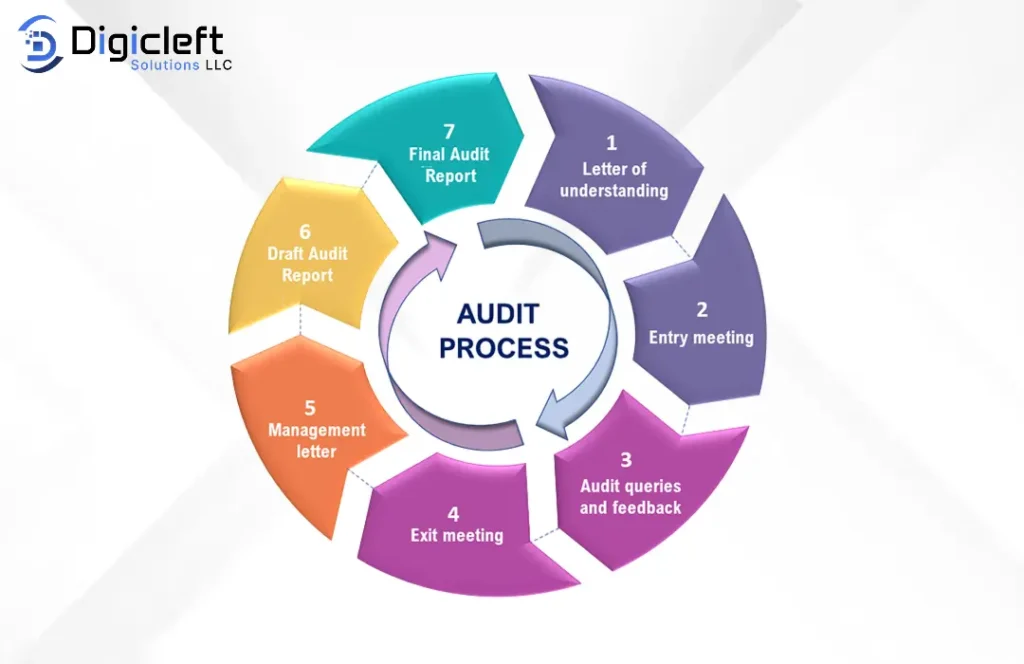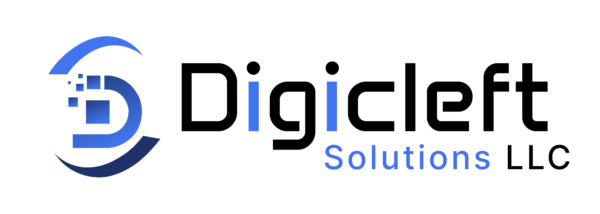
Flowing through decentralized operations, exchanges, and protocols, the stakes couldn’t be higher. This is where security audits in blockchain come into play, acting as the safety net that ensures trust and transparency. Without audits, blockchain systems are like castles without gates impressive but vulnerable.
What’s a Blockchain Security Audit?
A blockchain security audit is a comprehensive evaluation of a project’s code, architecture, and processes to identify vulnerabilities before attackers can exploit them. Unlike traditional audits, which focus on IT infrastructure or compliance, blockchain audits dig into smart contracts, consensus algorithms, and decentralized systems. The goal? Ensure that the ecosystem runs securely while maintaining transparency for all stakeholders.
Why Security Matters in Blockchain
Blockchain thrives on decentralization, but with freedom comes risk. One small bug in a smart contract can drain millions overnight, as we’ve seen with DeFi exploits. For example, The DAO hack in 2016 wiped out $60 million worth of Ether, shaking confidence in the ecosystem. Security isn’t just about protecting funds; it’s about preserving trust in the technology itself.

Core Objectives of a Blockchain Security Audit
- Identify vulnerabilities before attackers find them.
- Ensure compliance with regulations and industry standards.
- Protect user funds and prevent reputational damage.
- Strengthen transparency, building confidence among investors and users alike.
Types of Security Audits in Blockchain
- Smart Contract Audits – Examining decentralized applications for coding flaws.
- Protocol-level Audits – Ensuring consensus mechanisms and it’s infrastructure are secure.
- Exchange and Wallet Audits – Securing centralized platforms where users store or trade crypto.
Smart Contract Audits
Smart contracts are the beating heart of DeFi, NFTs, and many it’s applications. But they’re only as good as the code written. Even a single unchecked line can lead to disastrous failures.
Common Issues Found:
- Reentrancy vulnerabilities
- Logic errors
- Gas inefficiencies
- Missing input validations
Auditors use both automated tools like MythX or Slither and manual code reviews to ensure contracts behave exactly as intended.
Consensus Mechanism Security
Consensus is what makes it’s “trustless.” However, each model carries risks:
- Proof of Work – Vulnerable to 51% attacks.
- Proof of Stake – Risks of validator collusion.
- PoA, DPoS – Often criticized for centralization risks.
Audits assess whether the consensus mechanism is resilient against manipulation and aligned with security best practices.
Penetration Testing in Blockchain
Think of penetration testing as hiring a burglar to check if your locks actually work. Ethical hackers simulate real-world attacks, testing everything from phishing attempts to denial-of-service attacks. This proactive approach helps developers fix vulnerabilities before bad actors exploit them.
Automated vs Manual Audits
- Automated tools – Fast and effective for common bugs but miss context-specific flaws.
- Manual audits – Depend on expert analysis to uncover deeper logic issues.
The best security audits combine both for maximum coverage.

Stages of a Blockchain Security Audit
- Planning – Understanding the project and scope.
- Code Review – Line-by-line examination of smart contracts.
- Vulnerability Testing – Using tools and simulations to find flaws.
- Reporting – Delivering detailed insights and recommendations.
Common Vulnerabilities in Blockchain Systems
- Reentrancy attacks – Exploiting recursive calls.
- Front-running – Miners or bots exploiting pending transactions.
- Integer overflow/underflow – Calculation errors leading to unintended issues.
- Phishing threats – Targeting users rather than the protocol itself.
Transparency and Audit Reports
Audit reports are often published publicly to assure users that a project is safe. Transparency is critical — because in it’s , trust is earned, not assumed. Public reports also help the community understand risks and hold projects accountable.
Regulatory Importance of Security Audits
As governments introduce crypto regulations, security audits play a vital role in compliance. For investors, a completed audit signals that a project takes its responsibilities seriously. For regulators, it proves that the ecosystem is working to prevent fraud and protect users.
Role of Third-Party Audit Firms
Independent audits are crucial to credibility. Leading it’s security firms like CertiK, Trail of Bits, and Hacken specialize in assessing smart contracts and protocols. Having an external auditor reduces bias and increases community trust.
Case Studies of Blockchain Hacks and Lessons Learned
- The DAO Hack (2016) – Exposed the dangers of unchecked smart contract logic.
- Poly Network Exploit (2021) – $600 million stolen, highlighting the need for cross-chain security.
- Recent DeFi incidents – From flash loan exploits to rug pulls, each underlines the critical role of security audits.
How Digicleft Solution Helps in Blockchain Security
When it comes to it’s security, Digicleft Solution steps in as a trusted partner. With expertise in auditing smart contracts, penetration testing, and regulatory compliance, they help blockchain businesses stay ahead of risks. Their tailored approach ensures not just security but also transparency, giving investors and users confidence in the project’s integrity.
The Future of Blockchain Security Audits
- AI-driven audits that detect vulnerabilities faster.
- Continuous monitoring systems that provide real-time alerts.
Conclusion
Blockchain is a revolution in trust, but without proper security audits, that trust crumbles. Audits protect user funds, prevent disastrous exploits, and ensure regulatory compliance. From smart contracts to consensus mechanisms, no stone should be left unturned. With partners like Digicleft Solution, it’s projects can achieve the trust and transparency they promise.
FAQs
1. What’s the main purpose of a blockchain security audit?
To identify and fix vulnerabilities before attackers exploit them, ensuring trust and safety for users.
2. How often should blockchain systems be checked?
Ideally before launch, after major upgrades, and regularly as new risks emerge.
3. Are automated tools enough for blockchain audits?
No while useful, they should be combined with manual reviews for thorough coverage.
4. Why are smart contract audits so important?
Because even minor bugs in smart contracts can lead to massive financial losses.
5. How does Digicleft Solution add value in blockchain security?
They provide customized security audits, compliance checks, and continuous monitoring to strengthen blockchain ecosystems.


